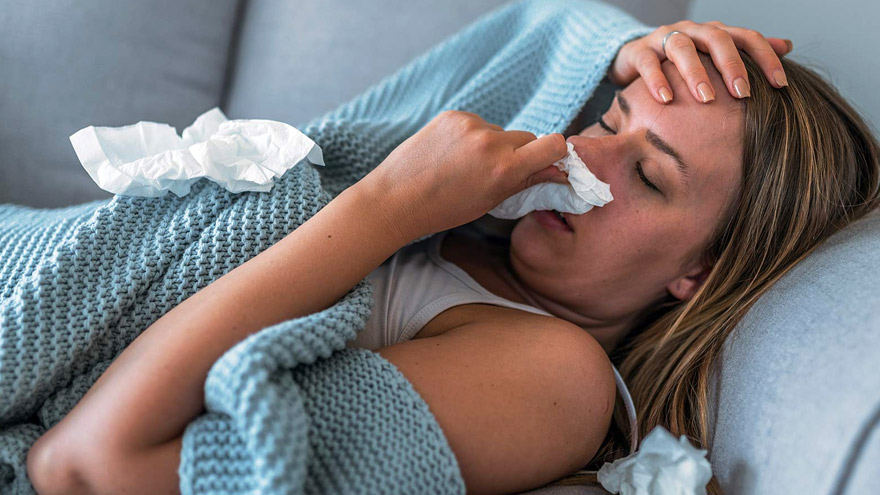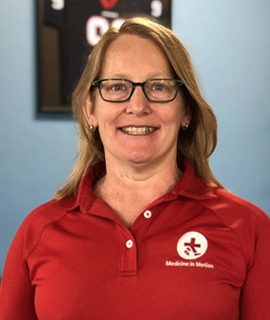Understanding the Common Cold: A Brief Overview
The common cold is a viral infection affecting your nose and throat (upper respiratory tract). It’s typically harmless, although it might not feel that way. While more than 200 viruses can cause a common cold, the rhinovirus is most often the culprit.

Common symptoms include runny or stuffy nose, sore throat, cough, congestion, slight body aches or a mild headache, sneezing, low-grade fever, and generally feeling unwell. The duration of a cold is usually 7 to 10 days.
Potential Complications and When to Seek Medical Attention
Most people recover from a common cold without any complications. However, colds can lead to bacterial infections such as sinusitis, ear infections, or pneumonia. If symptoms persist for more than a week, seek medical attention.
When to Exercise After a Cold
Stay tuned for the next section, where we will discuss when it’s safe to return to your exercise routine after recovering from a cold.
Understanding the Impact of a Cold on Your Body
A cold, caused by a viral infection, can significantly affect your body and immune system. The immune system goes into overdrive to fight off the virus, resulting in common cold symptoms like a runny nose, congestion, and coughing. The body’s resources are redirected towards the immune response, causing you to feel tired and weak.
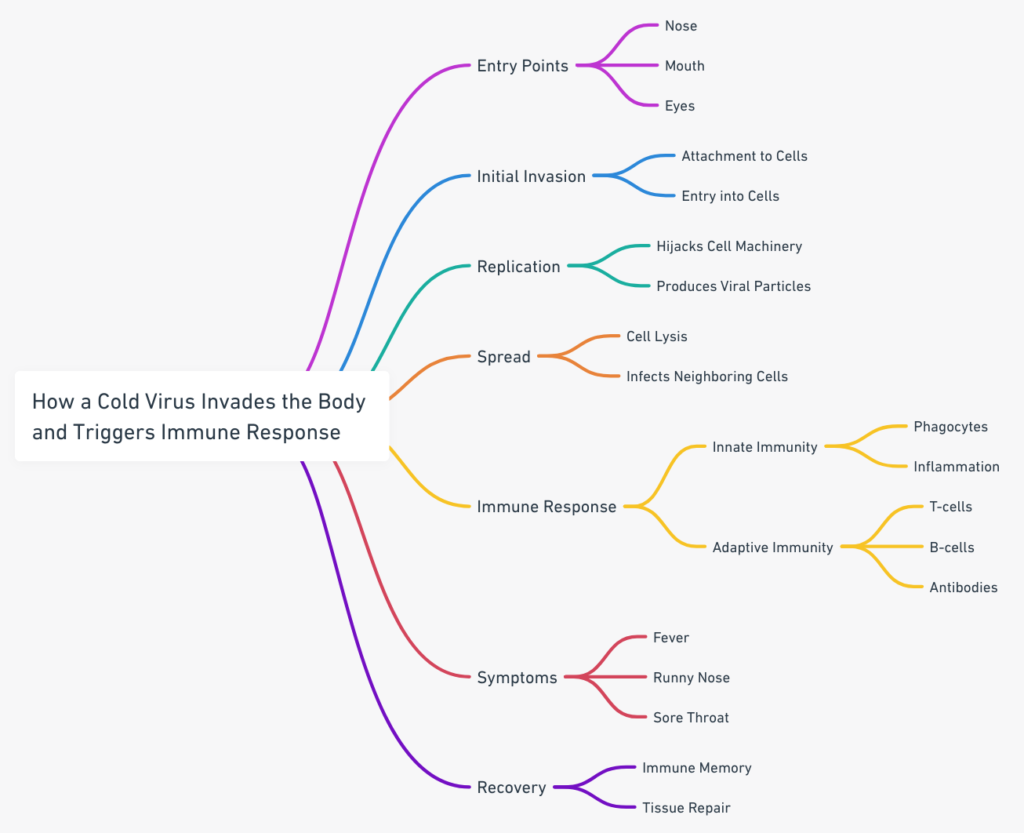
The Importance of Rest and Recovery During a Cold
Rest is critical during a cold because it allows your body to focus its energy on fighting off the virus. This is why you feel more fatigued when you’re sick – your body is telling you to slow down and recover. Sleep also enhances immune system function, helping you recover faster.
Exercising While Sick: A Potential Danger
While exercise is generally beneficial, it can be risky during a cold. Physical exertion can divert resources away from the immune response and exacerbate symptoms. It’s recommended to rest and recover before returning to your regular exercise routine.
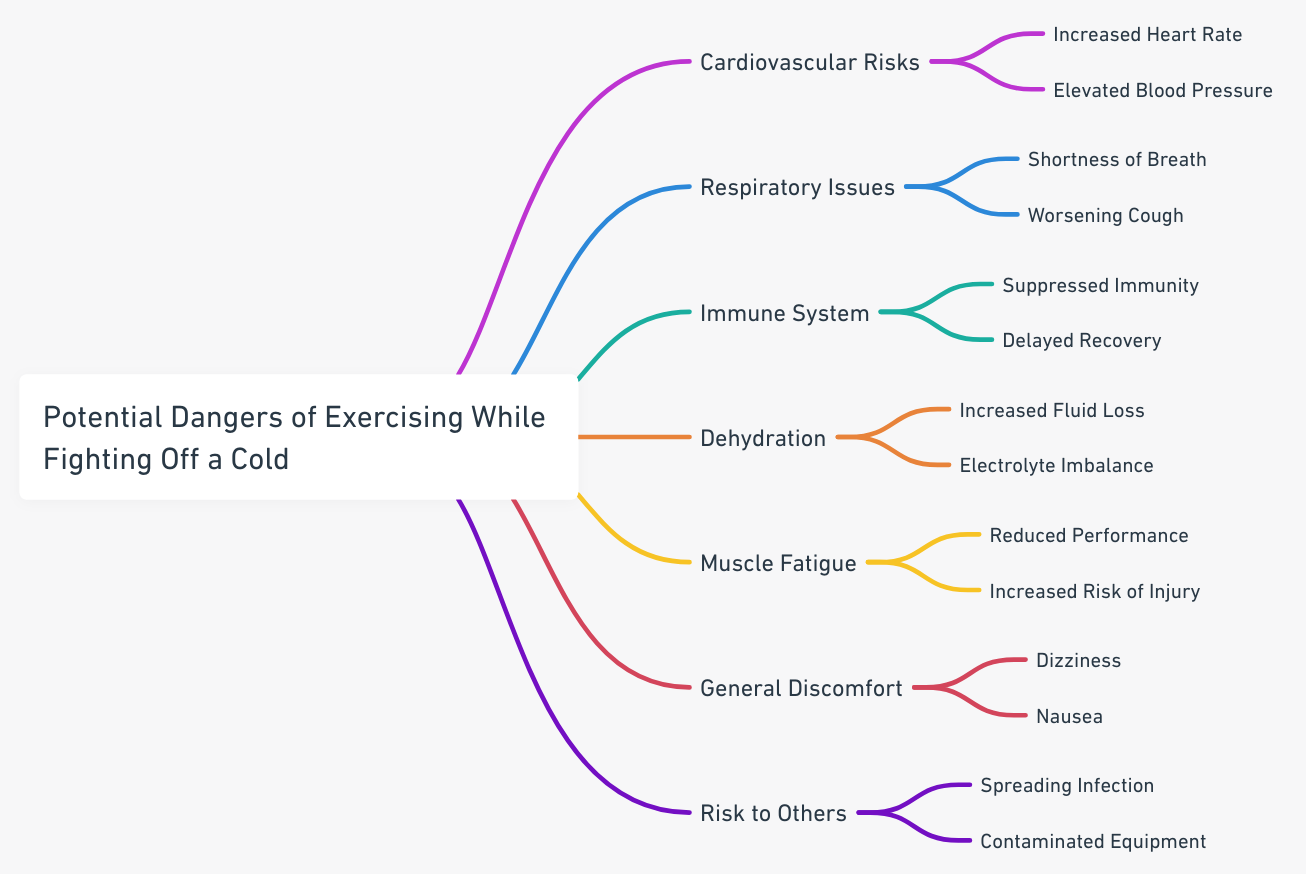
The Role of Exercise in Immune Health
Regular physical activity is known to bolster your immune system. A robust immune system aids in the prevention of viral, bacterial, and other pathogenic invasions, including the common cold. According to research, moderate-intensity exercise can stimulate the immune response, increasing the circulation of white blood cells and the production of antibodies.
The Role of Exercise in Immune Health
However, just like any good thing, too much exercise can lead to negative effects on your immune health. Over-exercising can lead to an ‘open-window’ phenomenon; a period post-exercise where the immune function is suppressed, increasing susceptibility to infections, including colds. This study presents detailed insights on the relationship between excessive exercise and decreased immune function. Balance is key.

In conclusion, maintaining a moderate and regular exercise routine can potentially boost your immune health, while over-exercising can have the opposite effect.
Recognizing the Signs You’re Ready to Resume Exercise
One of the critical aspects of recovering from a cold is knowing when to safely resume exercise. Your body provides several physical signs to guide you. A significant decrease in symptoms such as coughing, congestion, and fatigue is a clear indication that your body is ready to start exercising again. [Harvard Health](https://www.health.harvard.edu/staying-healthy/how-to-boost-your-immune-system) asserts that a strong immune system is vital for recovery and exercise plays a key role in strengthening it.
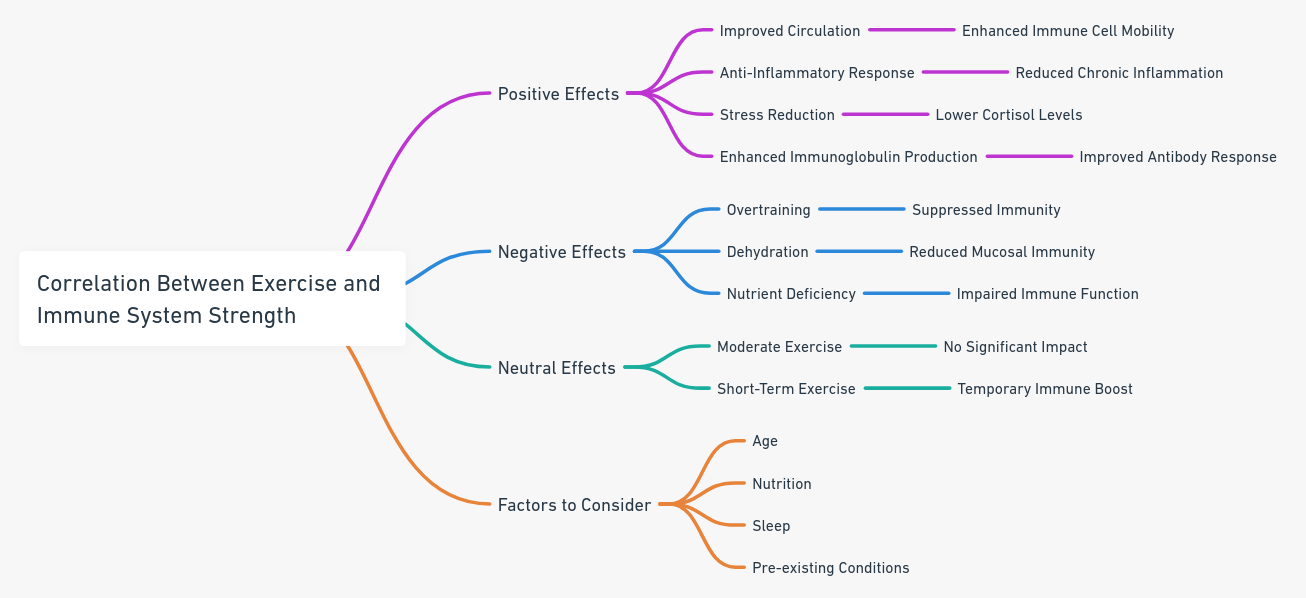
The Importance of Not Rushing the Recovery Process
Patience is critical during recovery. Overexerting yourself too soon can compromise your immune system and prolong your illness. According to the [CDC](https://www.cdc.gov/physicalactivity/basics/pa-health/index.htm), listening to your body and allowing adequate rest is essential to fully regain strength and health.
Energy Levels and Wellness as Indicators of Readiness to Exercise
Your energy levels and overall wellness are also indicators of your readiness to resume exercise. If you’re feeling revitalized and well-rested, this is a positive sign that you can start incorporating light exercises into your routine. Just remember, the key is to gradually increase your activity level to avoid any potential setbacks.
Easing Back into Your Workout Routine
When you’re recovering from a cold, it’s crucial to ease back into your workout routine gradually. Your body needs time to rebuild its strength. Start with light exercises like walking or stretching before moving onto more intense workouts. Listen to your body and stop if you feel any discomfort. As per the CDC’s guidelines, moderate-intensity activity is safe for most people, but it’s always recommended to consult with a healthcare provider first.
Protecting Yourself and Others at the Fitness Center
When resuming exercise at a gym or fitness center, maintaining hygiene is crucial to protect yourself and others. Avoid close contact and sanitize your hands and equipment regularly. The World Health Organization recommends cleaning surfaces using a simple disinfectant.
Hydration and Nutrition Guidelines
Staying hydrated and maintaining proper nutrition is vital when resuming exercise. Drink plenty of water to replace the fluids lost during your workout and eat a balanced diet to replenish essential nutrients. According to the USDA, adults should drink at least 8 cups of water each day and consume a variety of nutrient-dense foods.
Exercises to Start With After a Cold
After battling a cold, your body needs to ease back into fitness with gentle, low-intensity exercises. Yoga, walking, or light stretching are ideal starting points. These exercises encourage blood flow without straining the body, allowing you to gradually regain strength.
Benefits of Low-Intensity Exercises
These exercises are not just beneficial for physical recovery, they are also advantageous for your mental health. According to Harvard Health, gentle exercises can reduce feelings of fatigue and improve mood.
Progression of Exercises
As your body regains strength post-cold, you can gradually increase the intensity of your workouts. Start with low-impact cardio like cycling, then move on to strength training exercises. Always listen to your body and rest if you feel overexerted.
Conclusion
Remember, it’s essential to consult your healthcare provider before starting any new exercise routine, especially after a cold. Be patient with your body and allow it to fully recover before pushing yourself.
Potential Risks of Exercising Too Soon After a Cold
Resuming exercise too soon after a cold can lead to more harm than good. Your body, while recovering from an illness, is still in a weakened state. Early exercise could result in prolonged illness or secondary infections, as it diverts the much-needed energy from healing to physical exertion.
Complications can range from the re-emergence of cold symptoms to more significant issues like bronchitis or pneumonia. It’s crucial to listen to your body and allow it ample time to recover fully. If your symptoms persist or worsen, it’s a clear sign that you need to consult with your healthcare provider.
When to Exercise After a Cold
Knowing when to resume exercise after a cold is just as important as the exercise itself. Every individual is different, and recovery times can vary. It’s recommended to start slow and gradually increase the intensity of your workouts.
Remember, your health is paramount. It’s better to miss a few days of exercise than to jeopardize your recovery and potentially prolong your illness.
Conclusion: Balancing Health and Fitness
Throughout this article, we have emphasized the importance of understanding your body’s needs, particularly when recovering from a cold. It is crucial to balance your desire to maintain an active lifestyle with the need to prioritize your health for overall well-being.
The Centers for Disease Control and Prevention advise that patience and listening to your body are key during recovery periods. Pushing yourself too hard can potentially lead to a relapse or prolong your recovery time.
Ultimately, maintaining a balance between staying active and prioritizing health can be a challenging yet rewarding endeavor. It not only promotes physical wellness but also contributes to mental well-being. Remember, it is not a race, and each individual has their own pace. Let’s not forget that health is the real wealth!
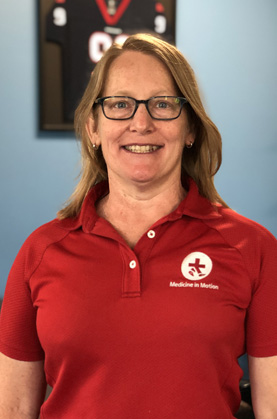
Dr. Martha Pyron is a recognized sports medicine physician and the founder of Medicine in Motion, an Austin-based practice specializing in comprehensive medical care for active individuals and athletes. An active contributor to her field, she uses her extensive experience as a former collegiate athlete to aid her patients and develop innovative care strategies. Beyond her clinical practice, Dr. Pyron is known for her involvement in the local athletic community and her commitment to promoting health and fitness.


